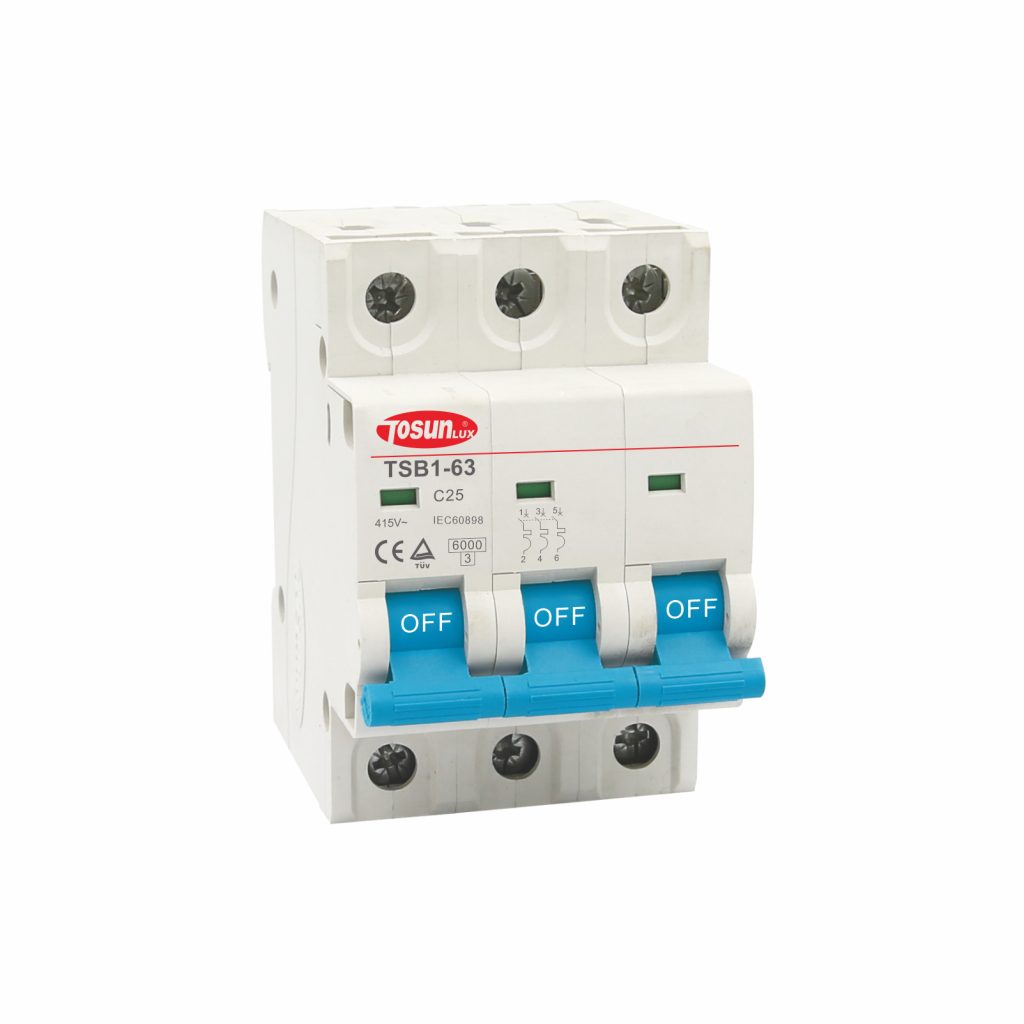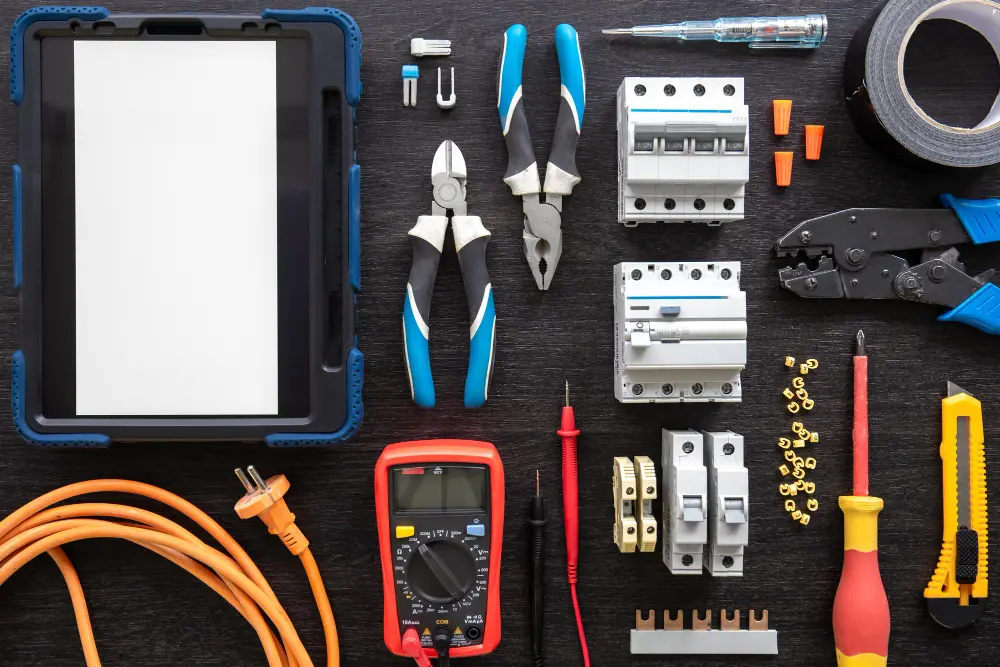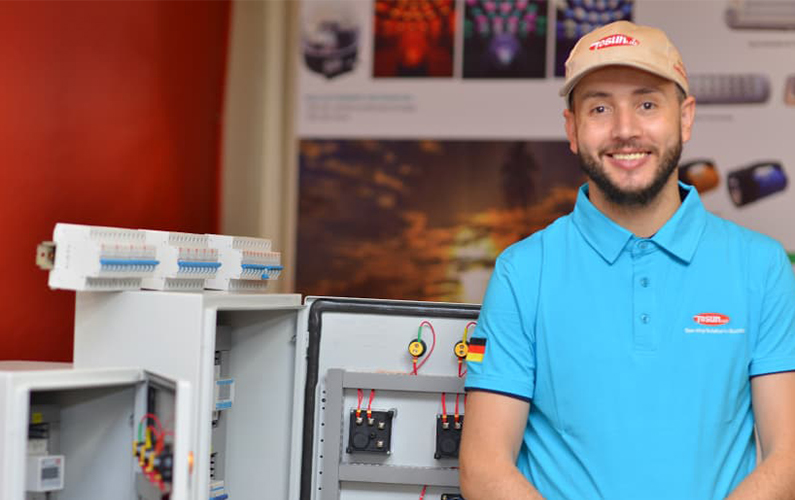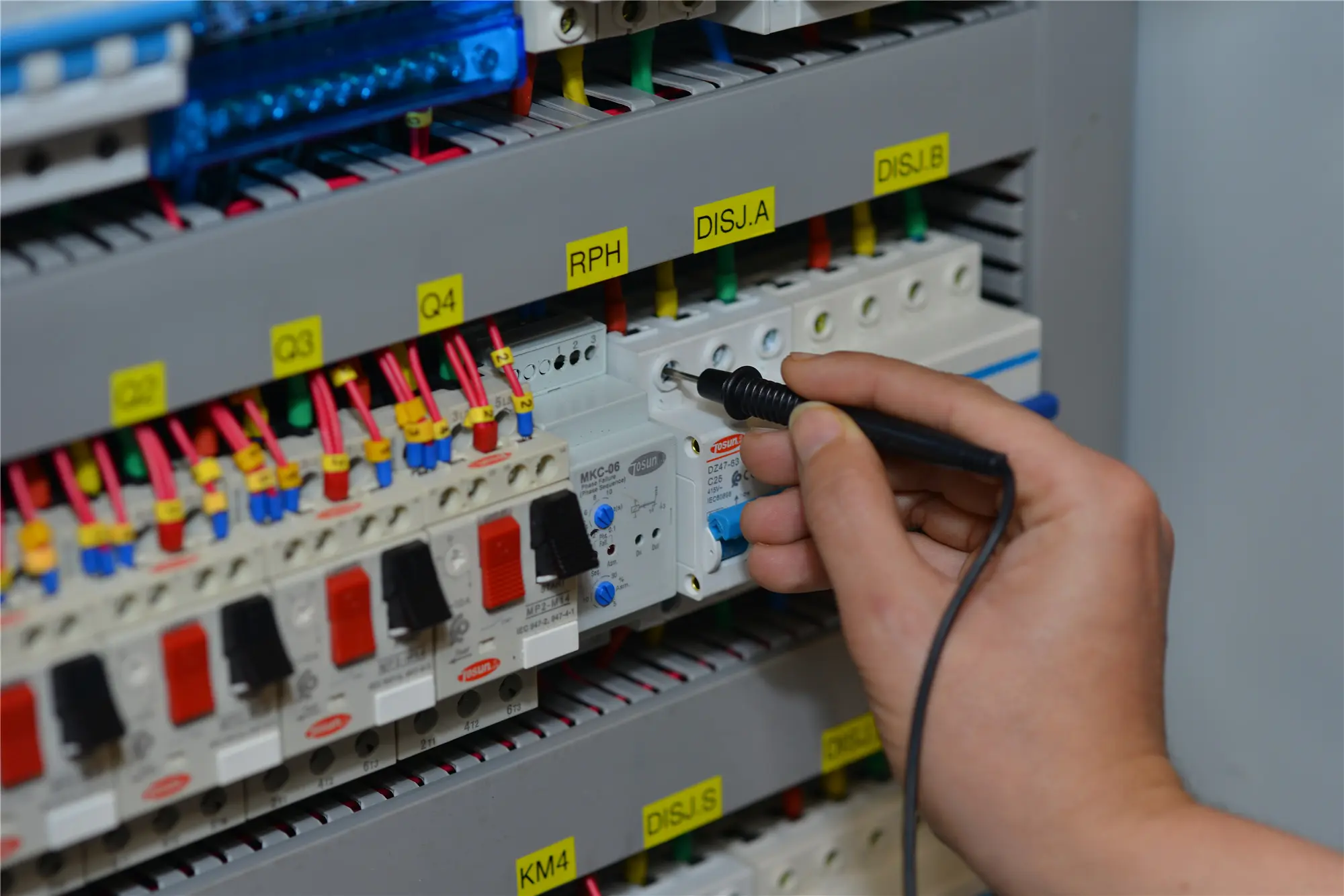How Do I Choose The Right MCB?
Short for Miniature Circuit Breaker, it is a protective electric switch that is placed over an electrical circuit. It protects against over-voltage and overload problems.
An MCB is much more efficient and will automatically switch to overload protection instead of just heating and fusing so it can prevent damage.
It can be made of any bimetallic material. It is typically an insulating metal like silver or copper, however. A lot of businesses prefer to purchase them from circuit protection suppliers.
There are different types of MCBs available in the market. You cannot just purchase any MCB. In order to purchase the right one, you need to consider certain factors.
If you are planning to purchase an MCB to protect the circuit and electrical devices in your home from power surges, follow this guide.

Types of MCBs:
There are several types of MCBs that are used in electronic products. Here are some of the most common types.
- Type B: This type of MCB is very sensitive. You can use it for household or domestic purposes. It is perfect for low-voltage settings. You cannot use it for commercial use. In this type of breaker, if the power overload by 3 to 5 times the minimum value, then the breaker trips. It can easily handle small power surges.
- Type C: You can use this type of MCB for commercial or industrial use. If you are using high-power-consuming devices, then this breaker is perfect for you. It can handle high-power surges. In this type of MCB, if the power surges 5 to 10 times the maximum value, then it breaks the connection.
- Type D: This type of circuit breaker is not really sensitive. It will only trip when the power surges by 10 to 20 times the rated voltage. It is meant for heavy-duty electrical appliances. It is perfect for controlling very high power surges.
- Type K: It is another common type of miniature circuit breaker. Here, if the current is more than 8 to 12 times the rated voltage, only then the switch will trip. This type of MCB is perfect for protecting motors.
- Type Z: This is another sensitive type of MCB. If the current increase by 2 to 3 times the maximum value, the switch will trip and break the power supply. You can use it with devices that are more likely to get short-circuited.
Choosing the Right MCB:
In order to choose the right MCB, you need to check the specifics of the device. Here are some factors you need to consider in order to choose the right MCB.
- Tripping Characteristics: It is the relationship between the tripping time and the flow of current. MCBs have different tripping ranges. So, you need to check their tripping characteristics before you purchase them. You need to check the tripping class as well. In short, you need to choose between the different types of MCBs as per their tripping and power range. You can choose from Type B, C, D, K, and Z.
- Breaking Capacity: This is the maximum current the MCB can handle without tripping and breaking the flow of current. You need to check the device and the installation in order to select the MCB with the right breaking capacity. For household purposes, MCB with 10kA or 6kA is perfect. These are MCBs with low breaking capacity. For industrial use, you need MCB with more breaking capacity.
- Number of Poles: It means the number of tippable switches the MCB holds. MCBs are available with various pole options. Single pole, double pole, triple pole, single pole, and neutral and four-pole are the options.
- Brand: You also need to consider the brand when purchasing MCB as it can affect the performance. Make sure you choose a good brand with various applications.
Tel: +86-577-88671000
E-mail: ceo@tosun.com
Skype: tosunelectric
Wechat: +86-139 6881 9286
WhatsApp: +86-139 0587 7291
Address: Room No.1001 Wenzhou Fortune Center,Station Road, Wenzhou, China
REQUEST A QUOTE
WhatsApp us
 : +86-139 0587 7291
: +86-139 0587 7291 English
English Español
Español Русский
Русский Français
Français العربية
العربية Português do Brasil
Português do Brasil Українська
Українська Türkçe
Türkçe Polski
Polski Nederlands
Nederlands Italiano
Italiano Bahasa Indonesia
Bahasa Indonesia हिन्दी
हिन्दी اردو
اردو አማርኛ
አማርኛ Հայերեն
Հայերեն ไทย
ไทย Монгол
Монгол فارسی
فارسی Shqip
Shqip Ελληνικά
Ελληνικά


